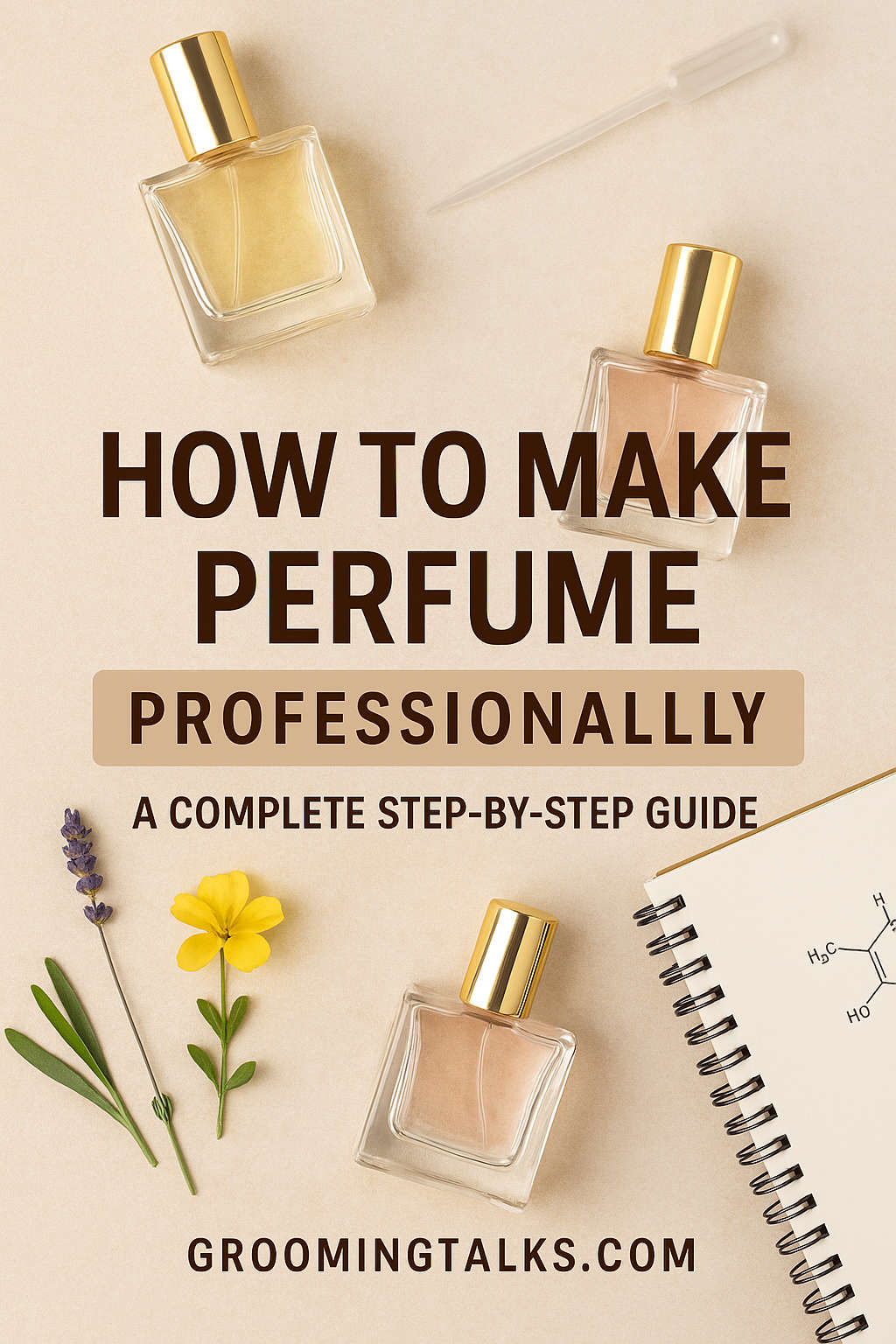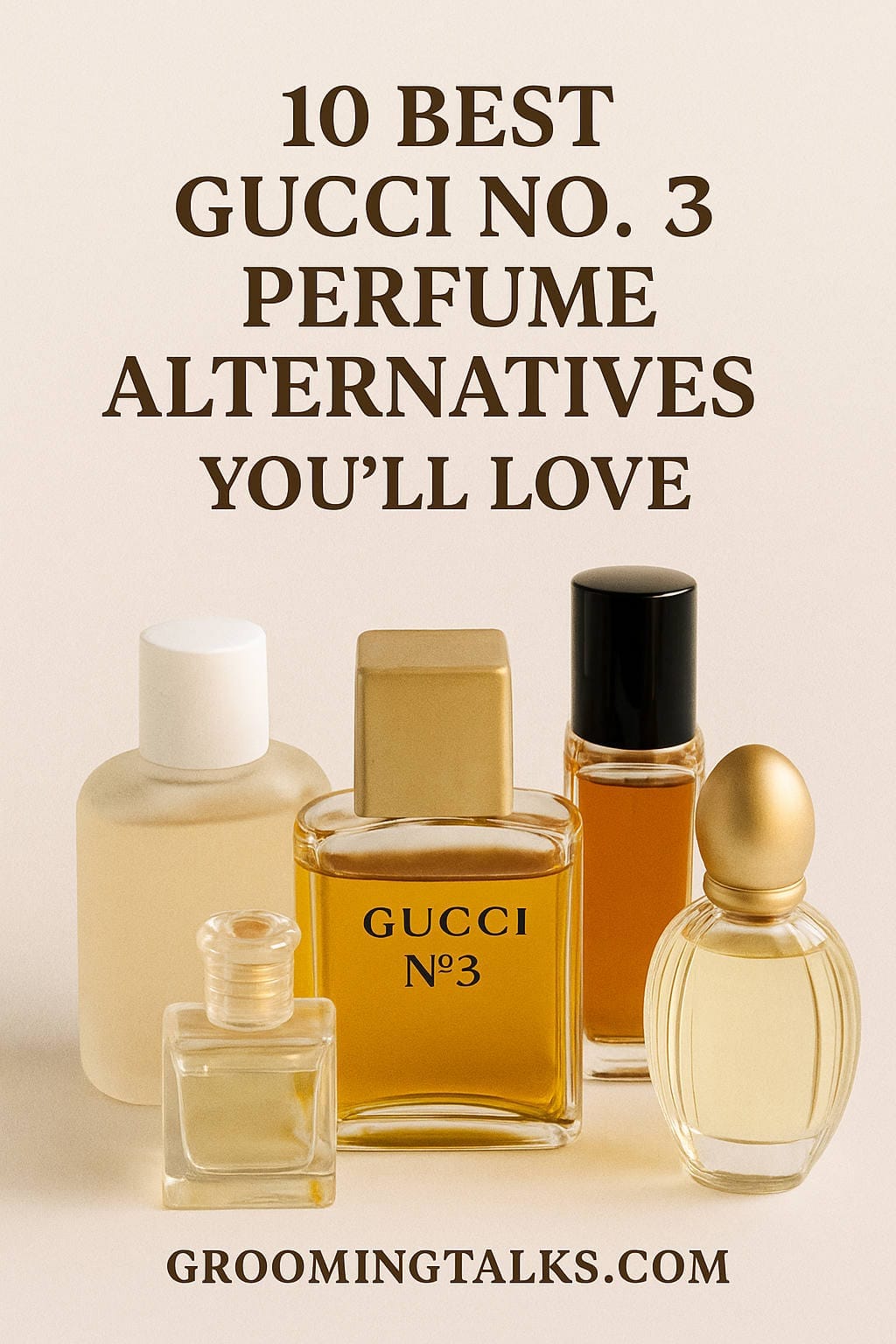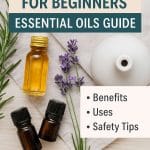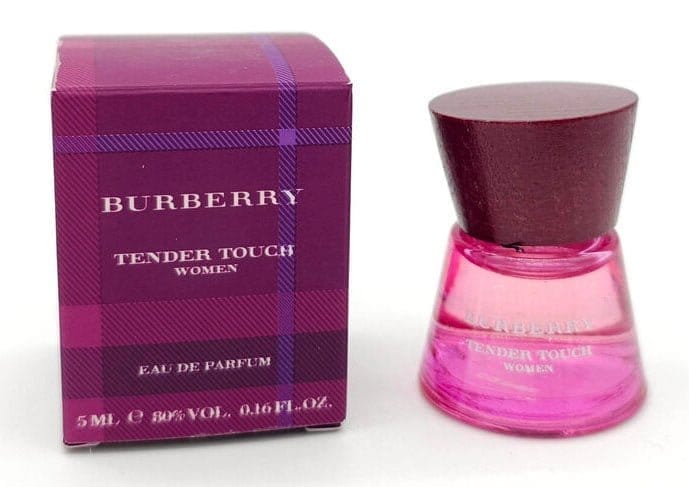Perfume is more than just a pleasant scent—it’s a personal statement, a powerful memory trigger, and an essential part of human culture. From Cleopatra’s aromatic oils to Chanel No. 5’s global fame, perfume has long captivated the senses and the imagination. But have you ever wondered how to make perfume professionally? Whether you’re an aspiring perfumer or a budding entrepreneur looking to launch a fragrance brand, this guide will walk you through the process from start to finish in a clear, approachable, and practical way.
Creating perfume at a professional level is a blend of science, art, and a touch of alchemy. It requires technical knowledge, sensory training, creativity, and strict adherence to industry standards. So, let’s dive into everything you need to know to start making perfume like a pro.
Understanding the Essence of Perfume
Perfume isn’t made by just mixing a few good-smelling oils together. It’s about crafting a scent that evolves over time, tells a story, and interacts with the wearer’s skin chemistry. Professional perfumery uses a structured approach that gives the fragrance complexity and longevity.
The core structure of any perfume is built around what is often referred to as the “fragrance pyramid,” which includes:
- Top Notes: These are the first scents you detect. They are light and evaporate quickly. Think citrus, light herbs, or green notes.
- Heart (Middle) Notes: These form the core of the perfume and emerge once the top notes fade. Floral, spicy, or fruity elements often live here.
- Base Notes: These are the heaviest and most long-lasting. Common base notes include woods, resins, vanilla, amber, and musks.
Professional perfumers use this pyramid to balance their formulations so the fragrance develops beautifully over time.
Essential Ingredients You Need
To make perfume professionally, you’ll need a range of high-quality materials. These can be broken down into four main categories:
- Aromatic Ingredients:
- Natural Essences: Essential oils (like lavender, rose, or sandalwood) and absolutes (like jasmine or tuberose).
- Synthetic Aromatics: Compounds like Iso E Super, Cashmeran, or Hedione, which offer stability, uniqueness, and consistency.
- Fixatives:
Fixatives anchor the scent, making it last longer on the skin. Some common ones include labdanum, benzoin, or synthetic musks. - Carrier Solvent:
Ethanol (95-96%) is the most commonly used solvent in perfumery. You can also use carrier oils like fractionated coconut oil for oil-based perfumes. - Distilled Water:
Used in small amounts to fine-tune the concentration and clarity of your fragrance.
Tools and Equipment for Professional Perfumery
You can’t create a professional perfume without the right tools. Here are the essentials:
- Precision scale (0.001g accuracy or better)
- Glass beakers and stir rods
- Pipettes and droppers
- Fragrance blotters (scent strips)
- Dark glass bottles for storage and aging
- Perfume bottles for final packaging
- Gloves, goggles, and lab coat for safety
- Notebook or software for formula tracking
Sanitation and accuracy are crucial at every step to ensure consistent and safe results.
Step-by-Step: How to Make Perfume Professionally
1. Develop a Concept
Every great perfume starts with a compelling idea. Are you creating a romantic floral for weddings? A bold scent inspired by urban life? Define the mood, the audience, and the story behind your fragrance.
2. Choose Your Notes
Based on your concept, select the top, middle, and base notes. Try to choose 2-4 components for each layer. A well-balanced example might be:
- Top: Bergamot, lemon zest
- Middle: Rose, cardamom
- Base: Vetiver, amber, musk
3. Create a Formula
Start by calculating your ingredients by percentage. A classic Eau de Parfum contains about 15-20% fragrance oils. You can create a small batch using drops or weight to test the proportions. Record every detail.
4. Blend the Aromatics
In a clean beaker, combine your base notes first, then middle, and finally top notes. Stir gently with a glass rod. Let it rest for 24-48 hours in a dark place to allow the materials to bond.
5. Dilute with Solvent
Add ethanol to your oil blend, usually making up 80-85% of the final solution. Stir gently. If making an oil-based perfume, use your chosen carrier oil instead.
6. Age the Perfume (Maceration)
Let the diluted perfume sit for 2-6 weeks in a dark, cool place. Shake gently once a week. This aging process deepens and refines the scent.
7. Filter and Bottle
After aging, filter your perfume through coffee filters or fine mesh to remove any sediment. Pour it into your final bottle using a funnel, and seal tightly.
Testing and Fine-Tuning Your Fragrance
Before taking your perfume to market, test it thoroughly:
- Longevity: How long does it last on the skin? Aim for 6-8 hours for Eau de Parfum.
- Sillage: How far does the scent project?
- Dry-down: How does it evolve over time?
- Skin Compatibility: Test on different skin types.
Gather honest feedback from a variety of testers and make adjustments as needed.
The Importance of Aging in Perfume Making
This step cannot be skipped if you want a professional-quality result. During aging, the ingredients meld and any harsh edges soften. Some perfumers even test the same formula at different maceration times to choose the perfect profile.
Packaging and Presentation
You could create the most beautiful scent in the world, but if it’s presented poorly, it won’t sell. Professional perfume packaging should be:
- Visually Appealing: Your bottle and box should reflect the mood and market of your scent.
- Functional: Use airtight, UV-protective glass bottles to preserve integrity.
- Informative: Include ingredient disclosures, concentration (e.g., Eau de Parfum), brand name, and safety warnings.
Sustainable and refillable packaging is also becoming more popular and can give your brand a competitive edge.
Legal and Regulatory Compliance
If you’re planning to sell your perfume, you must comply with industry regulations:
- Follow IFRA guidelines for safe usage of materials.
- Label allergens according to EU or FDA standards.
- Keep SDS (Safety Data Sheets) for every ingredient.
- Maintain batch records and conduct stability testing.
Getting this right from the beginning will save you headaches down the line and build trust with your customers.
Scaling Up for Commercial Production
Once you’ve perfected your formula and received positive feedback, it’s time to think about scaling.
- Find a reliable supplier: Look for trusted sources of raw materials in bulk.
- Consider Contract Manufacturing: If you lack the capacity to produce large quantities yourself, many labs offer white-label or custom manufacturing services.
- Invest in Automation: For large batches, automated blending, bottling, and labeling can increase efficiency.
Keep an eye on quality control at every step to ensure consistency.
Branding and Selling Your Perfume
A professional fragrance needs a compelling story and strong branding. Here’s how to stand out:
- Define Your Brand Voice: Are you classic and elegant or edgy and modern? Your visual identity and tone should reflect this.
- Build a Website: Include high-quality images, product descriptions, and a secure checkout system.
- Offer Samples: Let customers try before they buy with sample kits or discovery sets.
- Use Social Media: Platforms like Instagram and TikTok are ideal for perfume marketing.
- Partner with Influencers: Choose reviewers in the fragrance niche for authentic exposure.
Don’t underestimate the power of storytelling. The story behind your scent can be just as important as the scent itself.
Tips from Experienced Perfumers
- Always keep detailed records of every formulation and test.
- Train your nose daily. Smell raw materials to build scent memory.
- Avoid common allergens when possible for broader appeal.
- Stay up to date with fragrance trends and ingredient restrictions.
- Don’t rush the process. Perfume is both art and science.
Final Thoughts
Making perfume professionally is a deeply rewarding craft that blends creativity, chemistry, and emotion. Whether you’re crafting scents for yourself, clients, or customers around the world, the key to success is patience, precision, and passion.
With the right knowledge, high-quality materials, and a dedication to the craft, you can create perfumes that not only smell divine but also tell unforgettable stories. So take your time, follow your nose, and begin your journey into the beautiful world of professional perfumery.
If you’re ready to take the next step and build your own perfume brand, don’t hesitate to dive deeper, experiment boldly, and share your unique fragrance vision with the world.






